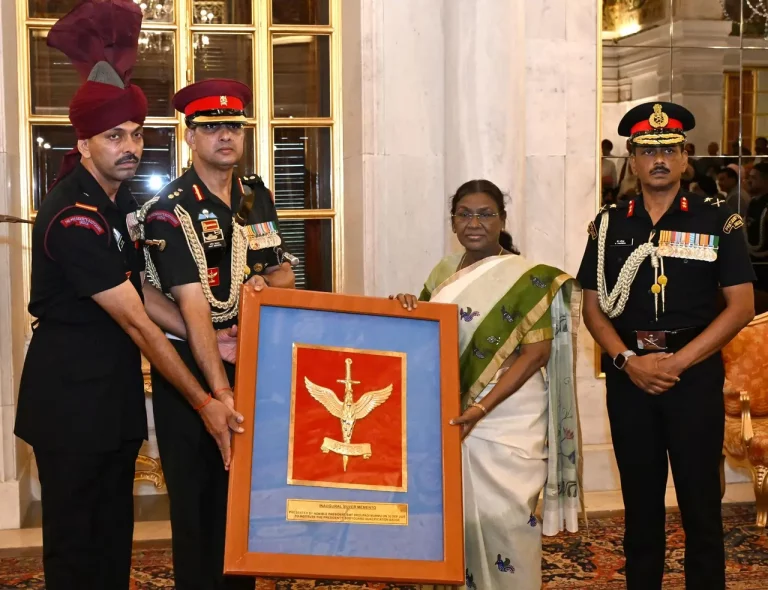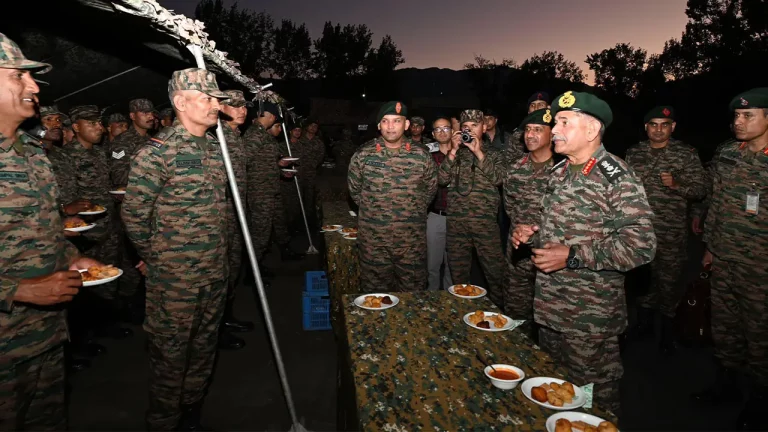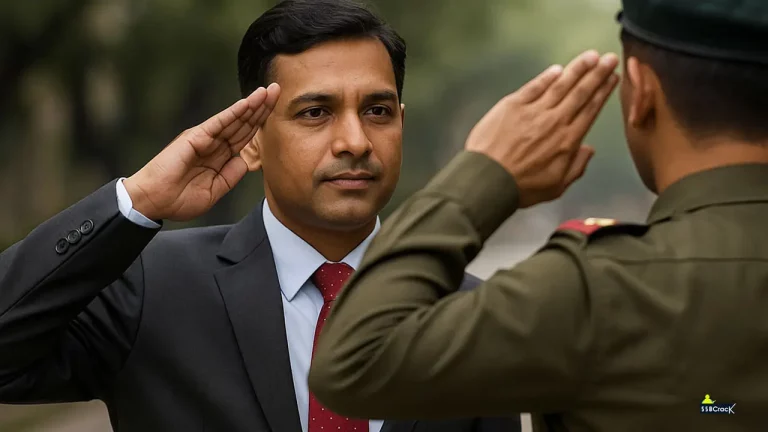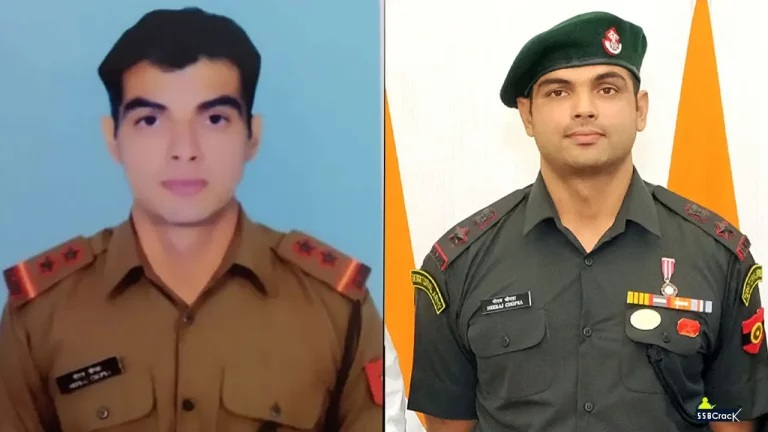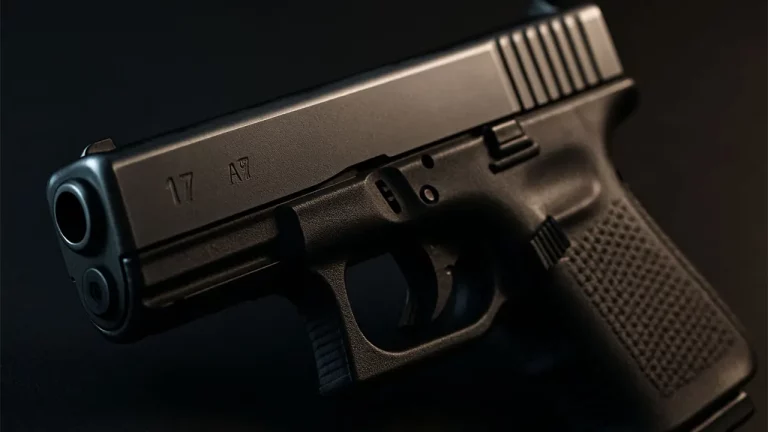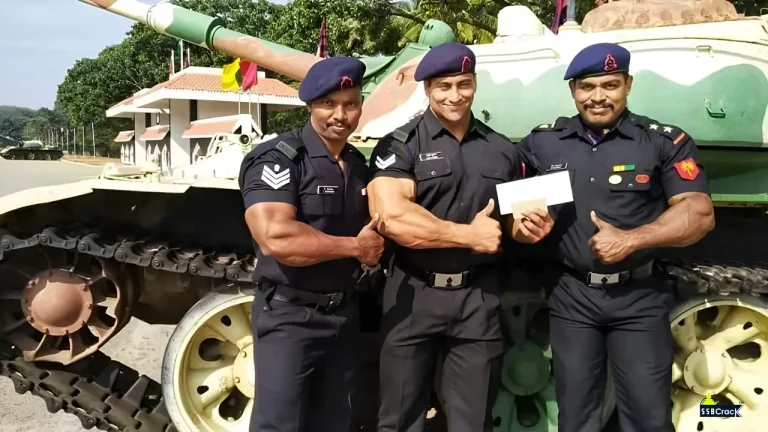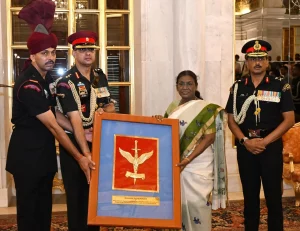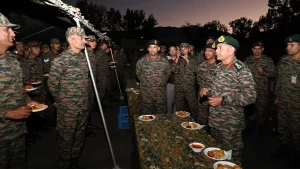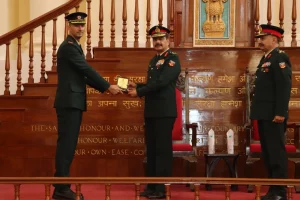Understanding and adhering to military uniform rules is essential for defence aspirants. These guidelines not only ensure a polished appearance but also foster a sense of discipline and respect for the military tradition. Below is a comprehensive overview of the fundamental military uniform rules that every defence aspirant should know.
1. Wear the Uniform with Honor
The Significance of the Uniform
The military uniform is more than just clothing; it symbolizes dedication, bravery, and the sacrifices made by service members. Wearing it with pride reflects your commitment to these values.
Attitude Matters
Approach every wear of the uniform with a mindset of respect. This includes understanding the history and significance behind it, which fosters a deeper appreciation for your role as an aspirant.
Mental Preparedness
Before donning the uniform, mentally prepare yourself for the responsibilities it entails. This includes a commitment to uphold the values of integrity and honor associated with military service.
Also Read | 7 Things Psychologists Wish You Knew
2. Maintain a Neat and Polished Appearance
Grooming Standards
A well-groomed appearance is crucial in the military. This includes having a clean haircut and maintaining facial hair according to the prescribed guidelines. Your grooming reflects your discipline and attention to detail.
Uniform Care
Ensure that your uniform is clean, pressed, and free from wrinkles. Regular maintenance not only enhances your appearance but also shows respect for the uniform itself.
Attention to Accessories
All accessories, including belts, ties, and shoes, should be in good condition. Polished shoes and coordinated accessories contribute to an overall polished look.
3. Adhere to Uniform Regulations
Familiarize Yourself with Guidelines
Understanding the specific regulations governing your uniform is vital. This includes knowing the correct insignia, badges, and patches that should be worn.
Placement and Arrangement
Proper placement of insignia is crucial. Familiarize yourself with where each item should be positioned to avoid any mistakes that could reflect poorly on you.
Updates and Changes
Stay informed about any changes to uniform regulations. The military often updates guidelines, and being aware of these changes ensures compliance.
4. Exhibit Proper Posture and Bearing
Importance of Posture
Posture speaks volumes about your confidence and discipline. Standing tall and maintaining an upright posture conveys respect and readiness.
Walking with Purpose
When in uniform, walk with a sense of purpose. This not only reflects your confidence but also signifies your commitment to the military ethos.
Body Language
Be mindful of your body language. Maintain a composed demeanor, which is essential in all military interactions.
5. Follow Military Etiquette
Respect for Superiors
Always show respect to senior officers and adhere to the established chain of command. This respect is a cornerstone of military culture.
Communication Protocols
Use appropriate language and tone when communicating with superiors. This includes addressing them by their rank and title.
Courtesy in Interactions
Practice courtesy in all interactions, whether with peers or superiors. Simple gestures, such as saluting, can go a long way in fostering a respectful environment.
6. Understand the Significance of the Uniform
Symbol of Service
Recognize that the uniform represents not only your personal commitment but also the collective dedication of all service members. This understanding deepens your appreciation for the role.
National Pride
Wearing the uniform is a matter of national pride. It signifies your willingness to serve and protect your country, and this should be reflected in your demeanor.
Legacy of Service
Acknowledge the legacy of those who wore the uniform before you. Their sacrifices and contributions set a standard that you should strive to uphold.
Also Read | Top 8 Tips to Ace NDA Physical Fitness Tests
7. Dress Appropriately for Various Occasions
Formal Events
For formal occasions, such as military dinners or ceremonies, ensure you are dressed in the appropriate formal attire. A well-fitted suit may be required, or you may need to wear your dress uniform.
Casual Settings
While casual settings may allow for more relaxed attire, it’s important to maintain a level of professionalism. Ensure that your clothing is clean and appropriate for the occasion.
Adapting to Situations
Different situations call for different attire. Always assess the event and dress accordingly, balancing comfort with professionalism.
8. Coordinate Colors and Accessories
Matching Elements
Uniform elements such as belts, boots, and socks should be coordinated in color. This attention to detail enhances your overall appearance and demonstrates your commitment to uniformity.
Consideration of Colors
Understand the significance of color combinations in military attire. Certain colors may denote rank or unit affiliation, so always be mindful of what you wear.
Accessories
When wearing ties or other accessories, ensure they complement your uniform. A cohesive look further emphasizes your attention to detail.
9. Avoid Displaying Religious Symbols
Maintaining Uniformity
In military settings, it’s generally advised to avoid wearing religious symbols with your uniform. This helps maintain a sense of uniformity and respect for diverse beliefs.
Personal Expression
While personal expression is important, it should be balanced with the expectations of military attire. If you wish to display religious symbols, consider doing so in casual settings.
Respecting Diversity
Understand that the military comprises individuals from various backgrounds. Respect for this diversity is crucial in maintaining harmony within the ranks.
10. Dress from Head to Toe
Comprehensive Attention
Every aspect of your attire matters, from headgear to footwear. Ensure that all components of your uniform are in harmony and reflect a cohesive look.
Footwear Matters
Your choice of footwear should be appropriate for the uniform. Ensure that shoes are polished and match the color and style of your attire.
Accessories and Headgear
Headgear should be worn correctly and in accordance with guidelines. This includes ensuring that it fits properly and complements your uniform.
11. Show Respect for the Uniform
Avoiding Modifications
Do not make unauthorized modifications to your uniform. Each piece is designed for a reason, and alterations can undermine its integrity.
Care and Maintenance
Treat your uniform with care. Regular cleaning and proper storage are essential to maintaining its appearance and longevity.
Understanding the Commitment
Recognize that wearing a uniform is a commitment to uphold the values and standards of the military. This understanding should guide your actions and choices.
12. Embrace a Sober Appearance
Dressing with Intent
Choose attire that reflects a sober and professional demeanor. Avoid clothing that may provoke negative interpretations or distractions.
Personal Representation
Your clothing should represent your character and values. Aim to present yourself as someone who embodies professionalism and integrity.
Dressing for Success
Always dress in a way that aligns with the expectations of your role. This not only fosters respect but also enhances your confidence.
Also Read | Top 13 Tips to Ace Your CDS SSB Interview
Conclusion
In conclusion, adhering to military uniform rules is crucial for defence aspirants. These guidelines not only enhance your appearance but also instill a sense of discipline and respect for the military tradition. By embracing these rules, you not only prepare yourself for a successful career in the military but also honor those who have served before you.
FAQs
1. Why is uniformity important in the military?
Uniformity fosters a sense of belonging and discipline among service members. It also helps to eliminate distractions and promotes teamwork.
2. What should I do if I’m unsure about uniform regulations?
Always consult your superiors or refer to official military guidelines. It’s essential to stay informed to avoid any mistakes.
3. How can I ensure my uniform is always in good condition?
Regular cleaning, proper storage, and timely repairs are key to maintaining your uniform’s condition.
4. Is it acceptable to wear casual attire when not in uniform?
Yes, but ensure that your casual attire is appropriate for the setting and reflects professionalism, especially in public spaces.
5. How can I develop my personal style while adhering to military uniform rules?
While uniform regulations limit personal expression, you can experiment with color combinations and accessories within the guidelines to develop a unique yet compliant style.







